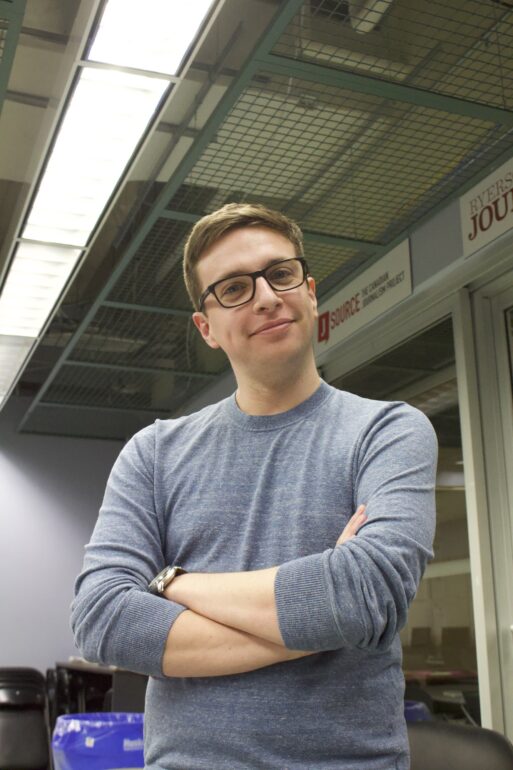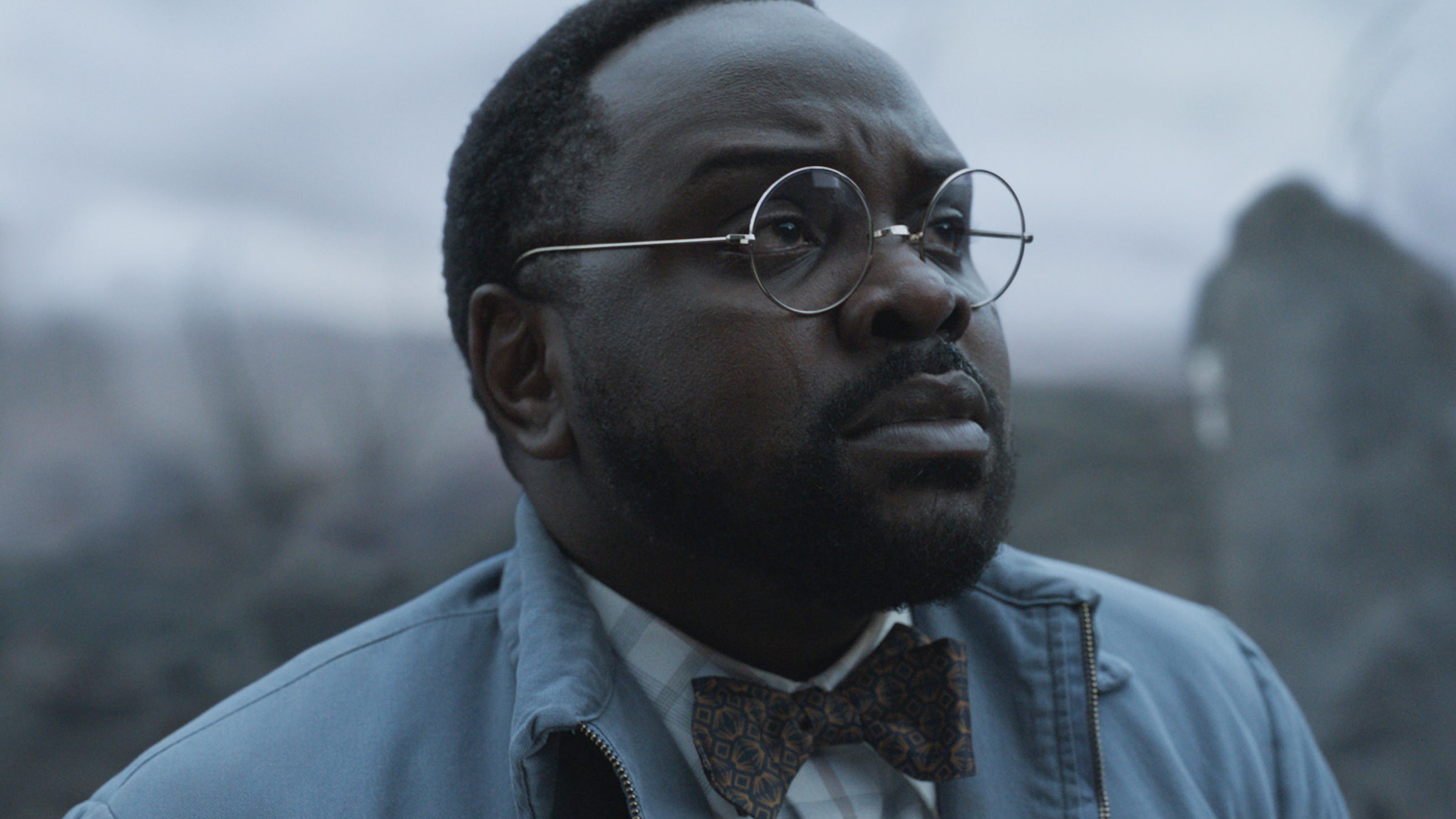Marvel Studios’ Eternals was released last weekend to mixed reviews, but it seems most of the distaste stems from the LGBTQ+ representation in the film.
The Eternals — created by comic artist Jack Kirby — are a group of immortal beings created by the Celestials, a group of God-like creatures in the Marvel Cinematic Universe (MCU) that are responsible for life and the creation of the universe.
One of the Eternals, Phastos, played by Brian Tyree Henry, is the focus of the controversy for being the first openly gay superhero in the MCU.
Kate Ellis, president and CEO of GLAAD, said in a statement that, with the introduction of Phastos, the Eternals changed what it means to be a superhero on screen “in ways that audiences around the world will applaud.”
GLAAD monitors LGBTQ+ characters in major studio releases through its Studio Responsibility Index reports and has seen too few. On average, these characters receive fewer than three minutes of screentime.
“But Phastos, his husband, and their son play important roles in Eternals, setting a new standard for LGBTQ+ representation across the genre,” Ellis said.
Joe Balfour, a Marvel fan based in London, England, tweeted after seeing the film, saying Marvel’s “representation of queer people in the MCU has been awful.”
“It meant so much to see a gay man in Eternals kiss his husband, show love for his family, and then actually be a [expletive] badass in the final act,” he said.
Fans of the film took to social media to share their experiences with friends and family about the film. But on apps like Facebook, such posts were almost immediately flagged for “violating community guidelines,” causing confusion and even anger for a lack of clarity.
“It’s upsetting that such a big company can get it so wrong,” Balfour said.
He said it’s disappointing criticism of the film is largely about something so positive. But he said those who choose to bash representation in Eternals online are but a vocal few.
“Many more people are going to see these characters and have their eyes opened and have these characters normalized,” Balfour said. “It’s going to show so many young queer people that they are amazing being themselves.”
Andrew Deman, a professor of English literature at the University of Waterloo, who specializes in comic books, said in the 1950s comics got hit hard by a censorship bureau known as the Comics Code Authority – much like the Hays Code in film – which targeted LGBTQ+ representation.
“Comics couldn’t represent homosexuality in any form, for a very long time, though they still did it subversively through things like queer-baiting and dog-whistling,” Deman said.
He said after some years, the authority continued to see pushback — particularly from writers like Marvel’s Stan Lee and DC’s Dennis O’Neil — and the industry realized it had the ability to tell these stories more overtly.

While Lee and O’Neil wrote realistic stories about drug abuse in the 1970s, it wasn’t until the March 1992 issue of Alpha Flight 106 where gay issues were dealt with openly. In that edition, the character Northstar came out. Marvel issued a mini-series in 2003 with The Rawhide Kid where the lead character was gay.
Jonathan Petrychyn, a postdoctoral fellow at X University in Toronto specializing in queer film studies, said for Marvel and Disney it’s perhaps less about catching up and more about recognizing queer people make up a significant segment of the market.
“I think it’s part of a calculated risk-management strategy, it’s to show films and put queer people in films but only do so in ways that doesn’t alienate some parts of the market but still grabs the part that queer people make up,” he said.
As for the way Facebook has handled the issue of LGBTQ+ representation in Eternals, or even the film itself, Petrychyn said this is par for the course and they have aggressive anti-gay policies and algorithms in place.
“I work with an organization called the Toronto Queer Film Festival, and this is something we’ve faced,” he said. “When we try to advertise our screenings, we’re often ‘shadow-banned’ or outright banned for posting this stuff.
“Facebook does this all the time,” Petrychyn said. “It’s a lot better today than it was yesterday and it’s going to get better tomorrow only if we keep working and only if we keep holding people accountable.”
Petrychyn hopes people in the LGBTQ+ community recognize this online backlash to the film, represent a very small, yet vocal minority. There’s still much work to do towards queer and trans inclusion in Canada and North America, but the world has come quite far.

